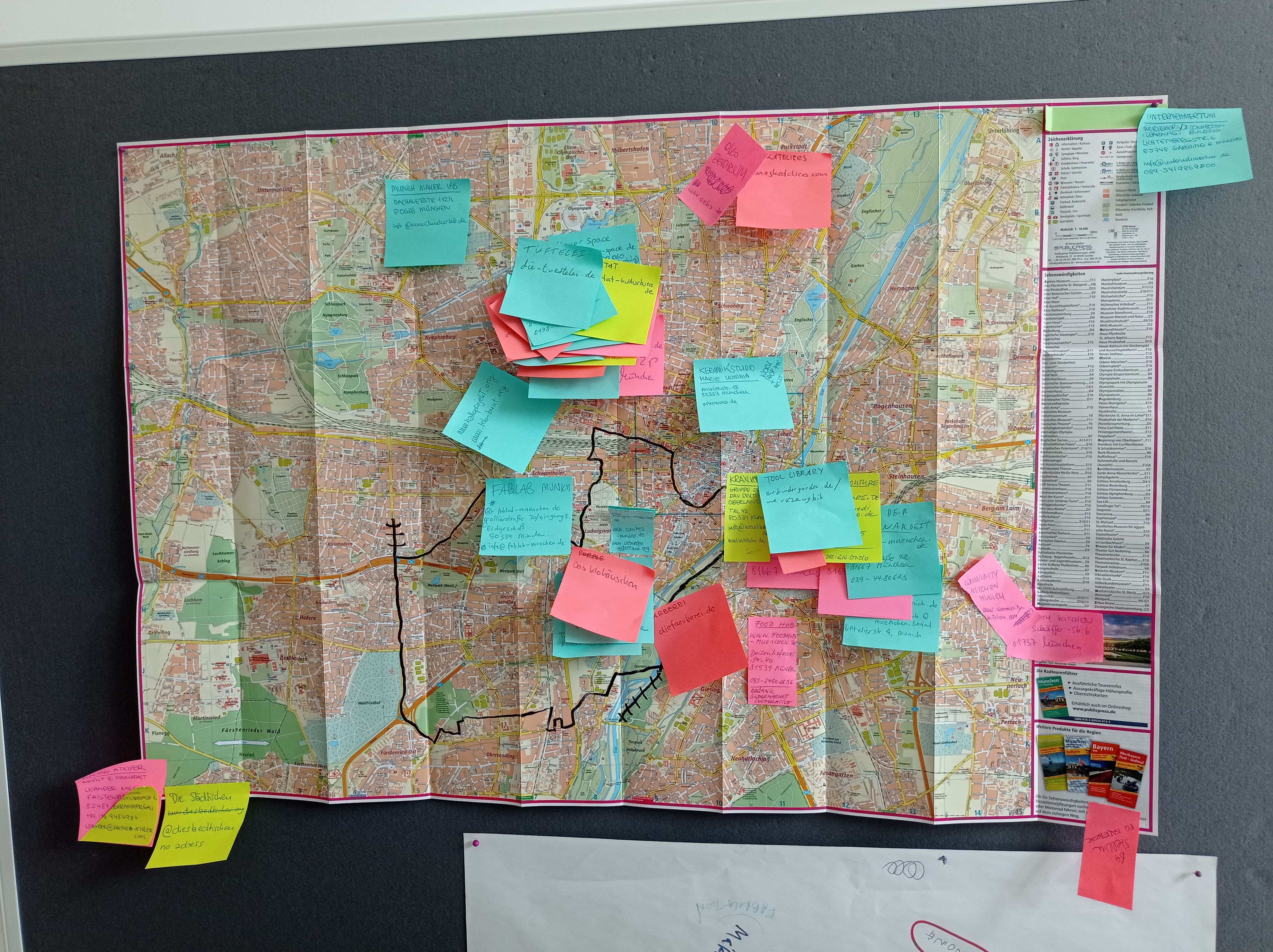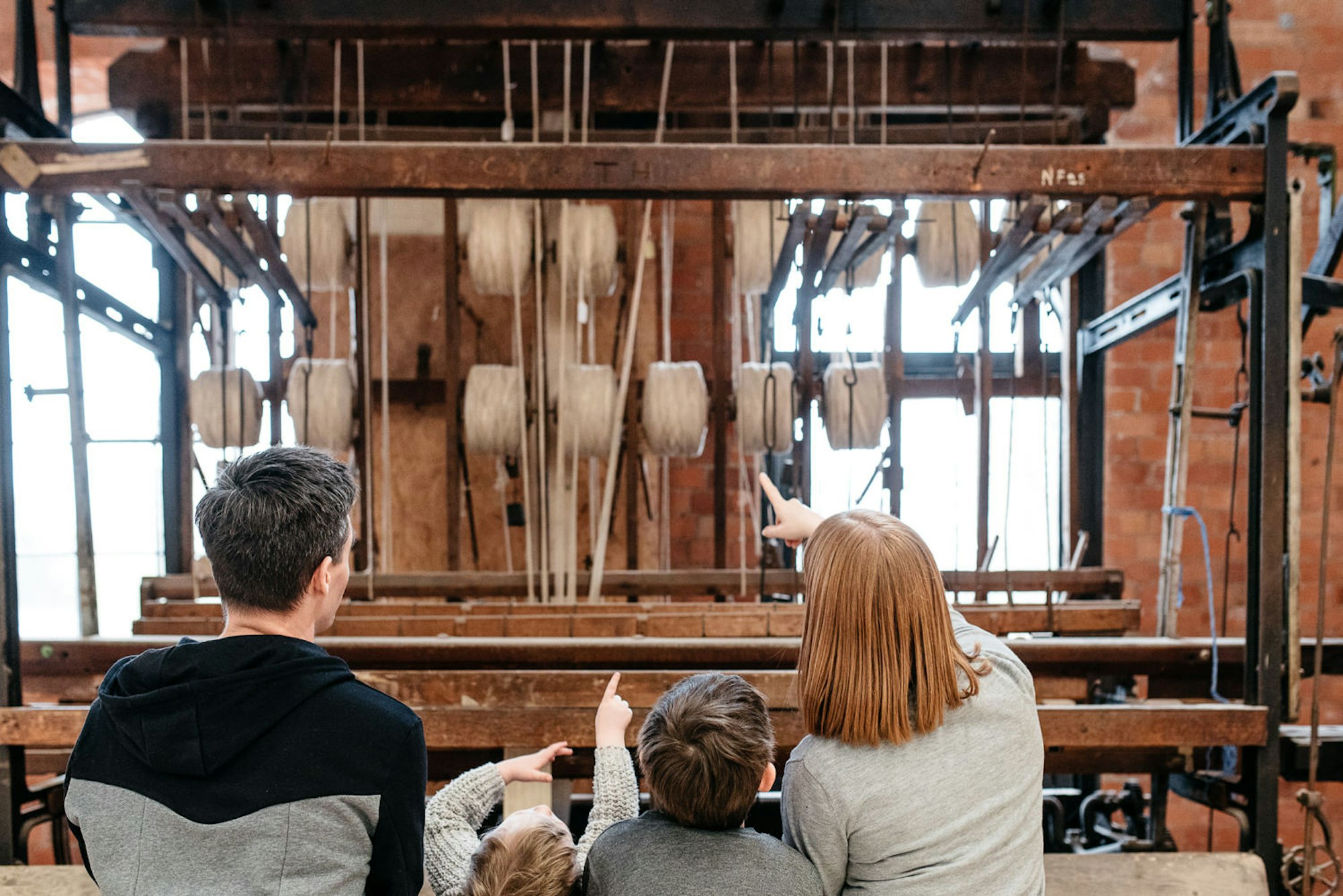Factory Friday: Glasgow Sculpture Studios

In our ongoing Factory Friday series, we speak to the people working in manufacturing in Scotland that you can find on Make Works.
This week we've interviewed David McAllister at Glasgow Sculpture Studios; an artist-led production facility and workshop in Glasgow.
1) How did Glasgow Sculpture Studios begin?
Glasgow Sculpture Studios was established in June 1988 as a membership organisation by a small group of recent art graduates to meet and share their collective needs for creating three dimensional artworks.
Over time the organisation has grown and moved between various premises to where we are today – our first permanent home. These moves have facilitated the increasing number of artists requiring space and access to production facilities as well as dealing with the ongoing changes and developments in contemporary sculptural practice.
The organisation has gradually grown to the point where the artist membership no longer runs the organisation – a staff team now direct, fund and manage the organisation.

2) Who are the typical sorts of people that use the sculpture workshops now - and what sorts of things do they make?
We still cater predominantly to working professional artists – from recent graduates to those with established artistic practices. They are all working in sculpture in some expanded form but exhibiting and making work in a variety of ways from gallery based work, to public artworks and community and socially led projects.
We now also cater for creative professionals working in a more commercial basis perhaps as furniture makers, product designers etc. We provide access to our space and facilities to allow them to make work without the additional subsidy that the artists would receive.
3) The sculpture studios have been running since 1988, what are the changes you’ve seen in the way artists are making work over that time?
The facilities we offer have improved and expanded due to the developments in sculptural practice over this time. We now have a ceramics facility in part because of an increasing interest to work in this way but also due to the closure of all of the ceramics departments in Scotland’s art schools. Equipment has also moved with the times with the addition of a CNC router and plasma, development of using digital technologies, 3D printer, various CAD software’s etc.
Artists have always been very practical, hands on and fully engaged with their practice – even with the increasing addition of digital production technologies I think artists will always have a desire to incorporate these hand skills within their work and we strive to cater for both.
It is also important to note that gender use has balanced out; GSS was established and used by a predominantly male group of artists at its inception. We have also seen a larger increase in workshop usage in general.
4) You also have a fabrication side to the sculpture studios - can you tell us a bit about some of the projects you’ve made through that recently?
Over the last 2 years we have really focused on developing our fabrication arm and are now one of the key producers of bespoke products for the creative industries within Scotland. Currently we run a growing team of architects, metal workers, carpenters and sculptors so are able to problem solve and offer best fabrication solutions for many of the projects that fall between the cracks of standard fabricators focused on one production material or process only. Our most recent project has been the fabrication of 9 public art works for artist Nathan Coley that will be going to 9 states throughout Denmark. This project incorporated a number of production methods using CNC routing, welding and carpentry that we were able to tie together and problem solve with Studio Nathan Coley before production.
5) Finally, what do you think lies ahead for making in Scotland?
Over the past 5 years we have seen massive leaps in the kind of production methods and processes that previously would have been accessible only to big industry. With most students now coming out of college with the ability to draw in CAD we see the new generations of creatives coming through with the foundations to start engaging with these technologies. At the same time we see a considerable decrease in the practical skills that were previously being taught to creatives coming through college.
This puts us in the exciting position of being able to empower these new and existing generations of creatives with access to emerging technologies coupled with traditional craft skills. As a result of this juxtaposition we are now seeing creatives working on an increasing scale both physically and geographically, and a on a complexity that we have not previously seen - an really exciting place for things to come.
Thanks to David for speaking with us this week!
You can contact Glasgow Sculpture Workshops through their Make Works listing here.
If you've enjoyed reading this check out our list of art fabricators to know about in Scotland.
Categories
Factories
Related stories
Factory Friday: Turnberry Rugs
Aero Leather - Scottish manufacturer of leather jackets
Factory Friday: Jay Surfboards
New Make Works Film: Glencraft Mattresses
Manufacturer Case Study: Trakke





